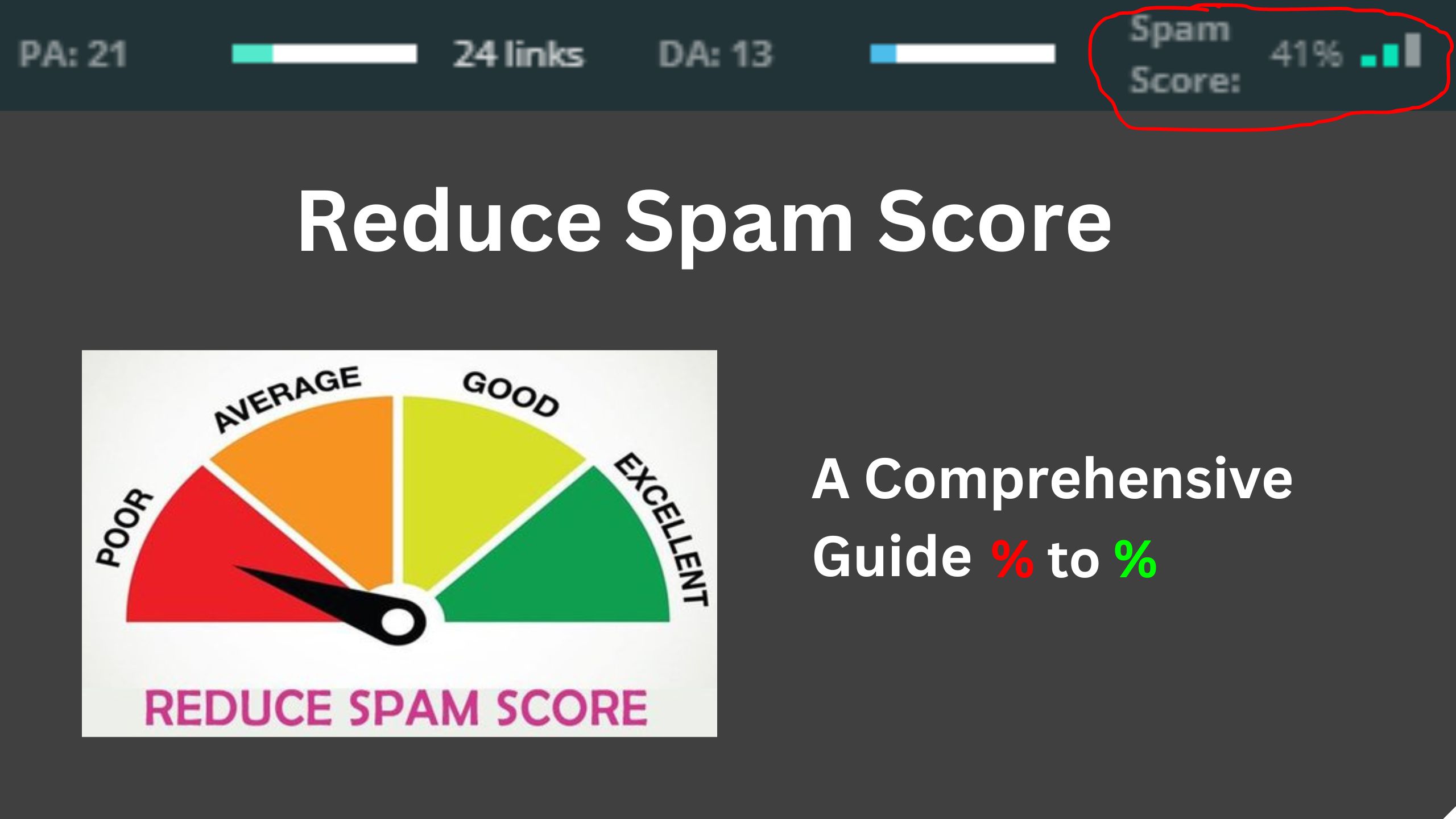If you’re a blogger, website owner, or digital marketer, you must have come across the term “spam score.” High spam scores can harm your website’s reputation and affect your SEO efforts. Let’s dive into what spam score is and how you can reduce it effectively.
What is a Spam Score?
Spam score is a metric developed by Moz that predicts the likelihood of a website being penalized by search engines. It ranges from 0 to 17, with higher scores indicating a higher risk of being seen as spammy. A high spam score can lower your website’s ranking on search engines, making it harder for potential visitors to find you.
Why is Reducing Spam Score Important?
Reducing your spam score is crucial for maintaining a healthy website. A low spam score:
- Improves your search engine rankings
- Increases organic traffic
- Builds trust with your audience
- Enhances overall website performance
Effective Ways to Reduce Spam Score
- Quality Content is King
- Focus on Originality: Always create original and valuable content. Plagiarized or duplicate content can increase your spam score.
- Engaging and Informative: Write content that answers your audience’s questions and keeps them engaged.
- Backlinks Matter
- Avoid Spammy Backlinks: Low-quality backlinks from spammy sites can hurt your SEO. Aim for high-quality backlinks from reputable sites.
- Disavow Toxic Links: Use Google’s Disavow Tool to remove harmful backlinks.
- Optimize Your Website
- Proper Keyword Usage: Avoid keyword stuffing. Use relevant keywords naturally in your content.
- Meta Tags and Descriptions: Use unique meta titles and descriptions for each page. They should be relevant to the content and include your primary keywords.
- Check Your Website’s Health
- Regular Audits: Conduct regular website audits to identify and fix issues like broken links, duplicate content, and slow page speed.
- Secure Your Site: Ensure your website is secure with HTTPS. A secure site is trusted by both users and search engines.
- User Experience (UX)
- Mobile-Friendly: Ensure your website is mobile-friendly. With a significant number of users browsing on mobile, this is crucial.
- Easy Navigation: A well-structured website with easy navigation improves user experience and reduces bounce rates.
- Avoid Black Hat SEO Techniques
- No Cloaking or Doorway Pages: Avoid using deceptive techniques like cloaking or doorway pages. They can significantly increase your spam score.
- Transparent Practices: Be honest and transparent in your SEO practices. Misleading tactics can get your site penalized.
- Monitor Your Spam Score
- Use Tools: Utilize tools like Moz, Ahrefs, or SEMrush to regularly check your spam score and take necessary actions.
- Stay Updated: Keep yourself updated with the latest SEO practices and algorithm changes.
Conclusion
Reducing your spam score is not a one-time task but an ongoing process. By focusing on quality content, maintaining good backlinks, optimizing your site, and ensuring a great user experience, you can keep your spam score low and your website healthy. Remember, a well-maintained website not only ranks higher but also builds trust and credibility with your audience.
For more insights and detailed guides on improving your website’s SEO, stay tuned to Technosubrat. Let’s build a spam-free, high-ranking website together!
I hope this guide helps you understand and take action to reduce your spam score. If you have any questions or need further assistance, feel free to leave a comment below or contact us directly. Happy optimizing!
